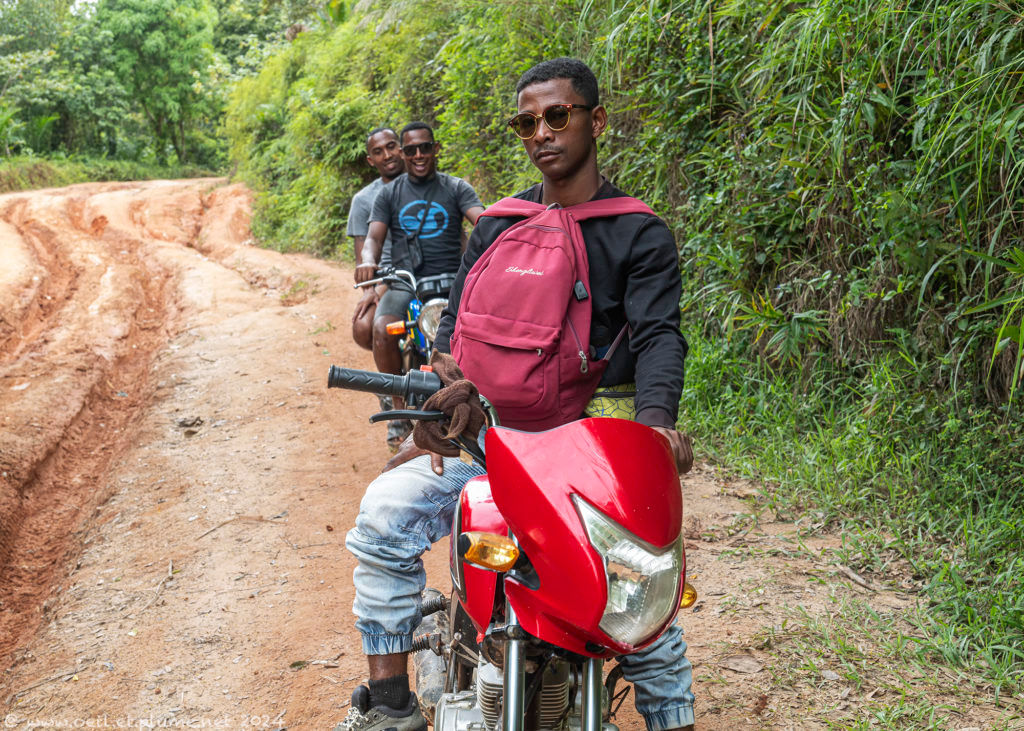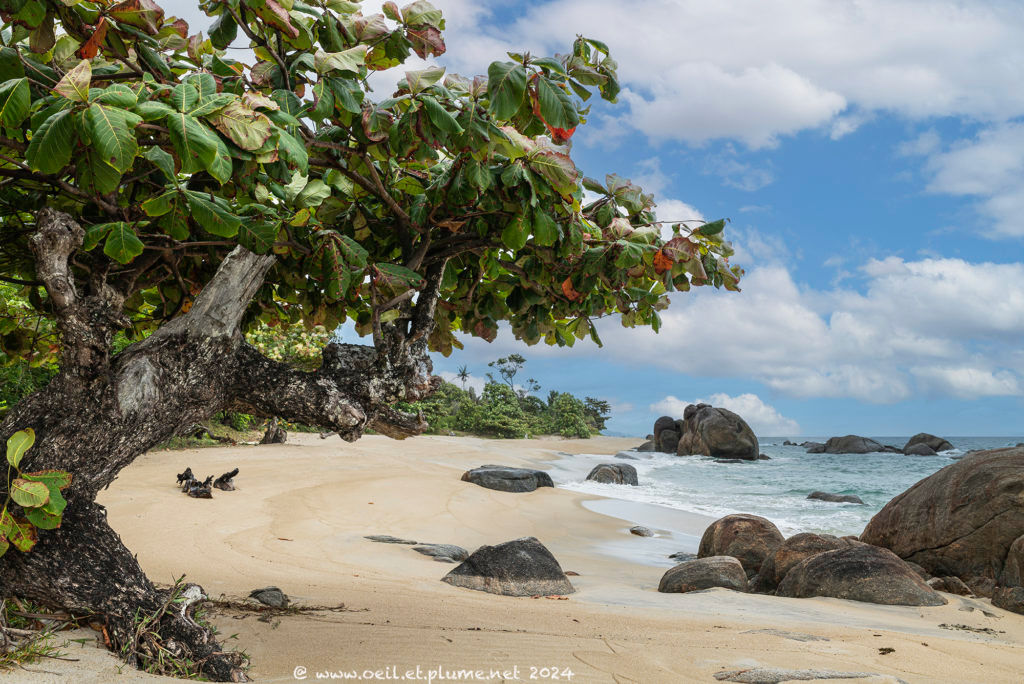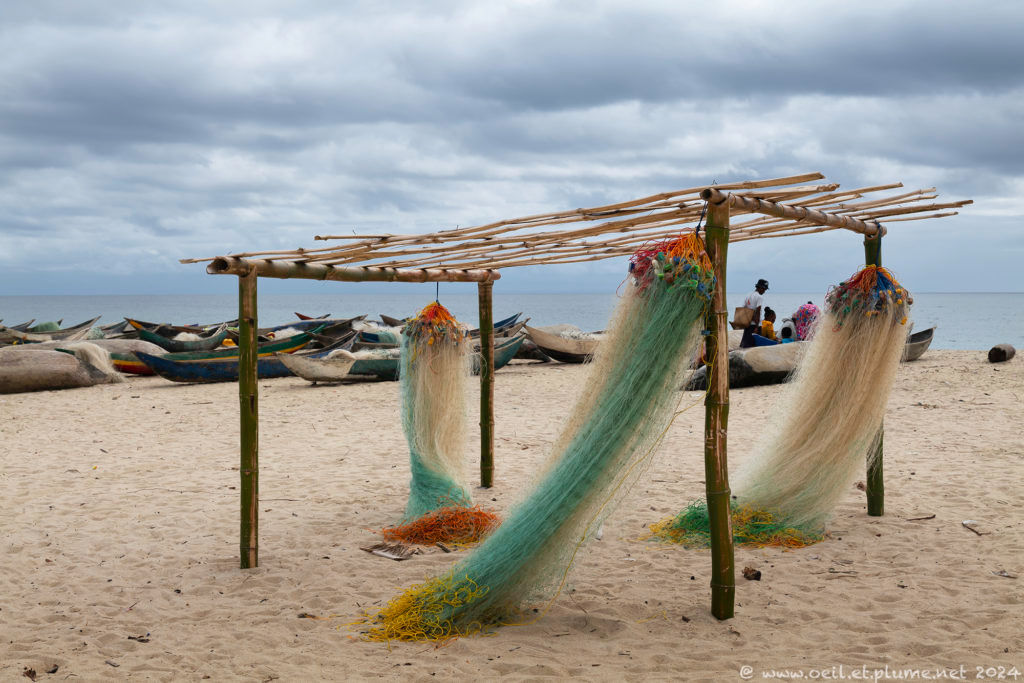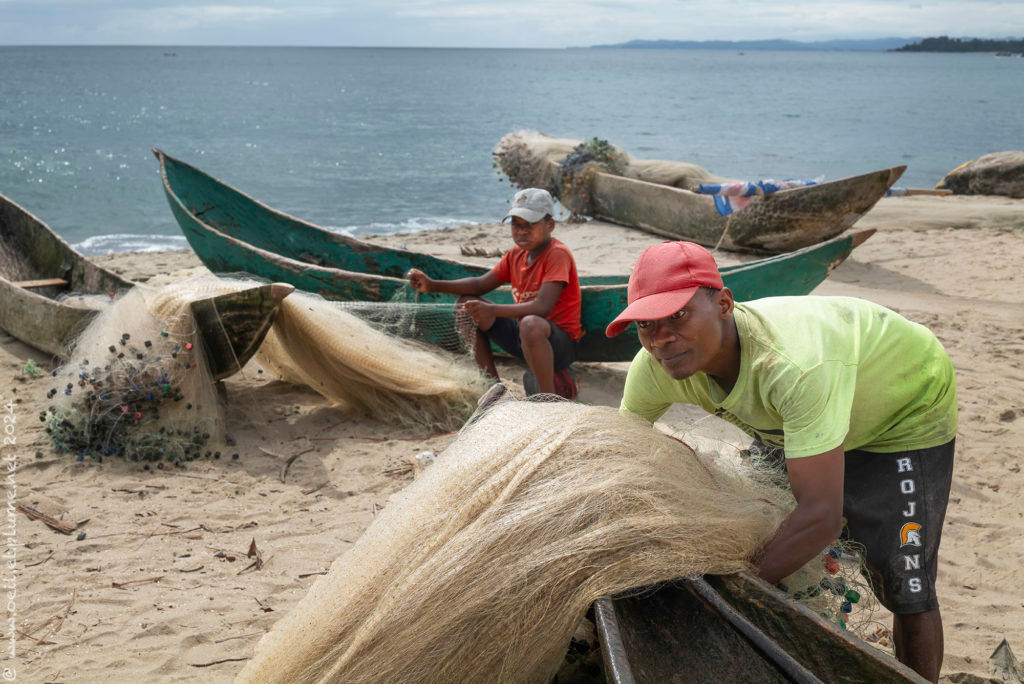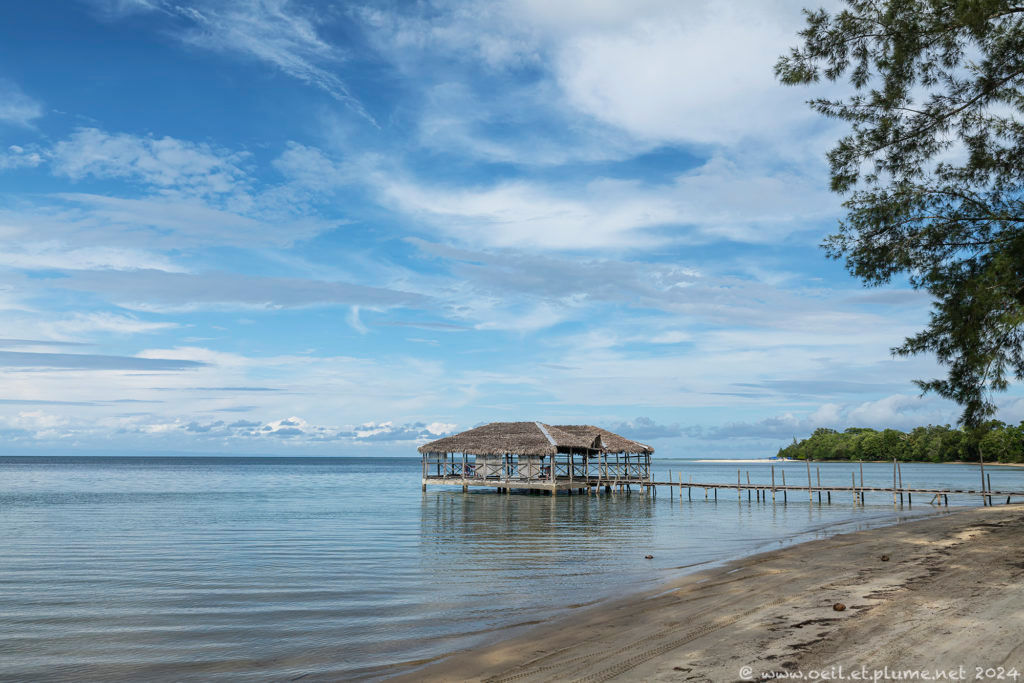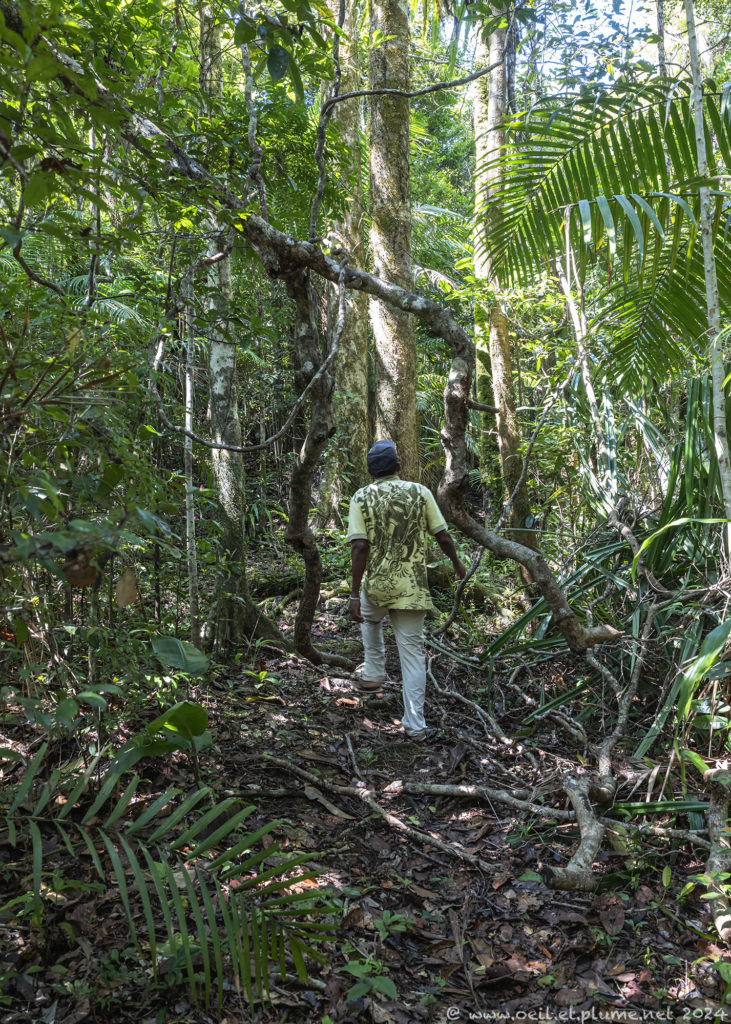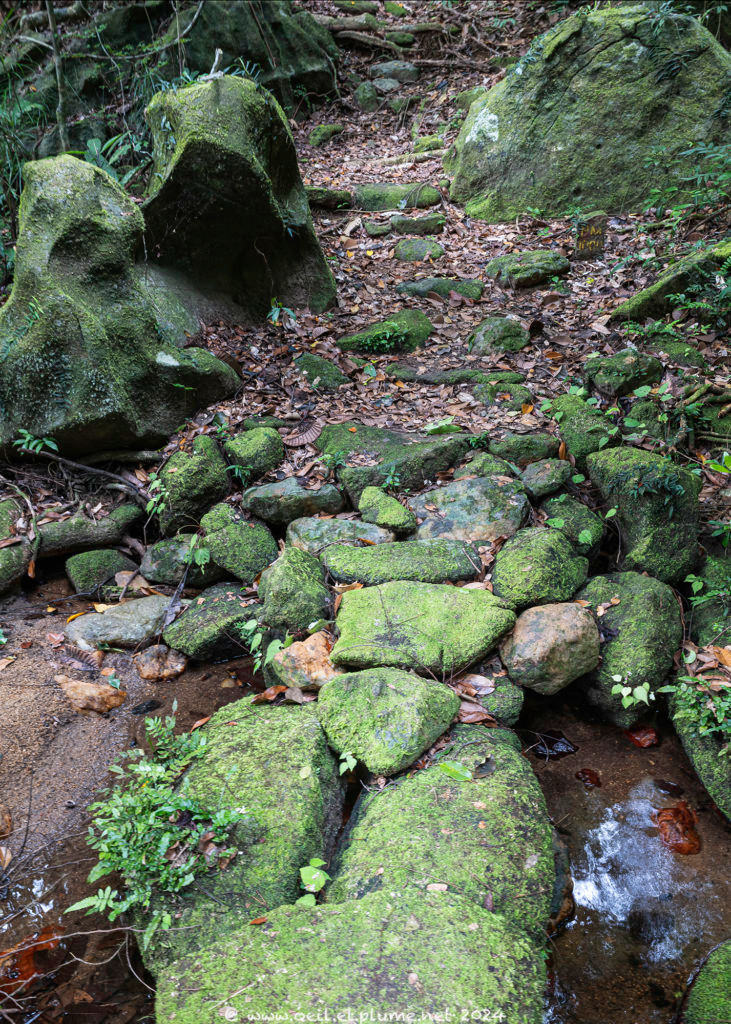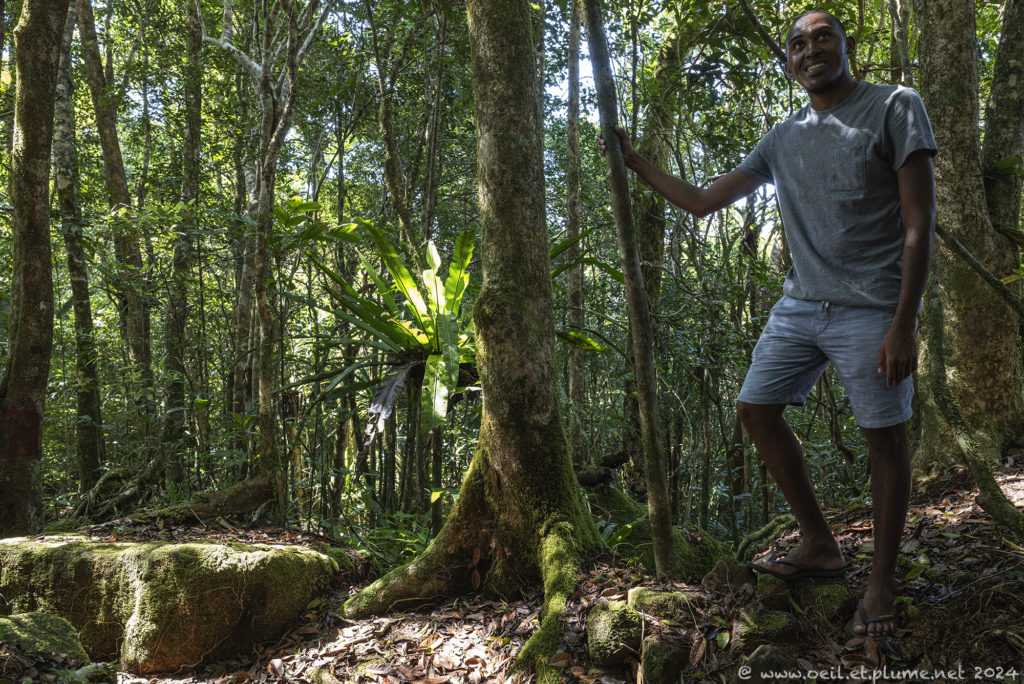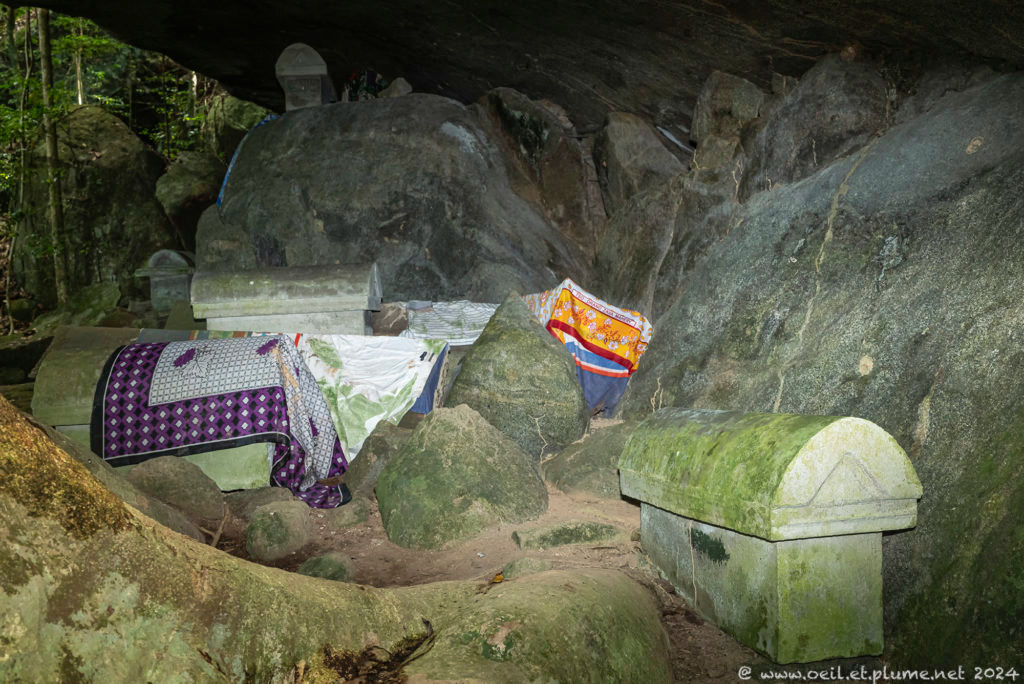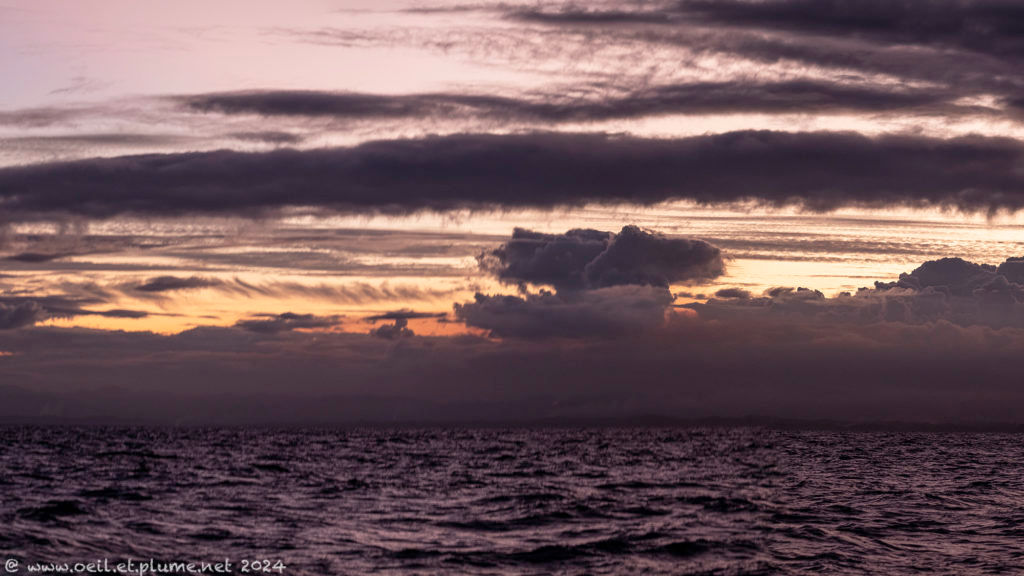On the Day 2 of our RN5 journey, we set off early to ride the RN5 from Mananara to Maroansetra. The team mood is high, boosted by the leisure time spent the day before.
Indispensable RN5
We soon cross an overcrowded 4X4 pick-up. Passengers sitting in the back part of the vehicle are hilarious despite the difficult travel conditions, taking the best of their experience.
Further, we meet a young woman carrying a small baby and riding a moto-taxi as passenger. This is only to confirm the mobility needs of local population and their ability to cope with the current transportation challenges set by the RN5.
Coastal RN5
The itinerary is less physically demanding than the one between Sonierana-Ivongo and Mananara. After an initial mountainous section, it follows very closely the Ocean shore where the soil is mostly sandy – sometimes very soft. Sometimes, we ride on the beach, crossing wide expanses of sand at full speed. The experience is exhilarating.
The many rivers and their tributaries ending their course into the Indian Ocean create multiple passes adorned by beautiful sand banks. I take benefit of the sceneries to slow down the pace of our ride.
Fishing and handicraft
The areas where the RN5 runs hosts also local populations indeed. In the area, fishing represents the main food- and income-generating activity, complemented by handicraft. Maroansetra region is famous for its basketry and cabinet-making products, banking on high-quality materials and strong technical know-how available locally.
In a special place, I meet also a sizeable population of local bears, drying up after their bath.
Maroansetra
Unlike the busy Mananara, Maroansetra exsudes a languid charm that calls for long stays including shopping. I purchased locally many beautiful vegetal baskets or bags, as well as numerous number of pieces of furniture, with the aim to bring them back to Sainte-Marie island.
However, there are still a couple of places for me to visit locally, starting with beach areas.
Set at the apex of the Bay d’Antongil, Maroansetra is the gateway to the immense and beautiful Masoala peninsula, which hosts one of the best-preserved primary forests in the Madagascar. I will definitely trek the Masoala National Park one day, with more time and equipment. In turn, a brief visit to Nosy Mangabe is feasible.
Nosy Mangabe
Small island located close to Maroansetra, Nosy Mangabe was declared a National Park in the 1960’s. Before that time, its natural resources were already protected from by animist beliefs.
Thus, Nosy Mangabe exhales an acute and beautiful sense of wilderness that I savour on our way to the top of the island. The forest is full of reptiles and amphibians, hosting as well an important population of lemurs. The latter remain very cautious about human presence, unlike those that I met in the Panganales.
Nosy Mangabe is not entirely void of human presence. We pay a respectful visit to a set of family tombs placed under massive pieces of rock. I wish to find such a serene natural environment to rest one day. In addition to the conservation guard, local fishermen can stay overnight in a precise location when they don’t manage to return to their base in Maroansetra.
Return to Sainte-Marie
Back to Maroansetra, we head to the the commercial port to prepare our return to Sainte-Marie island. The port serves both river and sea local traffic. It harbours marvelous pieces of wooden ships.
However, we need steel to confront the Indian Ocean. The next day, we board a modest merchant boat with our purchases. Leaving the port area proves to be challenging because of low water level. However, we finally manage to reach blue water.
On our way out of the Bay d’Antongil, we pass in front of Nosy Mangabe, covered with thick vegetation. Our itinerary will follow more or less closely the eastern coast of Madagascar’s main island.
I often spot at the coast, hoping to recognise a particular location or a stretch of the RN5 that we rode for two days. In vain as we are too far in the high sea. Never mind, the exercise helps me summarising and digesting the fascinating road travel experience. It also helps me keeping my stomach and my balance against the waves rolls.
At the port, the ship captain estimated the journey to Sainte-Marie to last 12 hours. After two hours of navigation, he revised his prediction to 15 hours, based on the ship load and adverse Ocean currents. In reality, the travel lasted 20 hours until our destination.
Traveling in Madagascar with local transportation means requires obviously some courage, as well as much patience and flexibility. More importantly, the endeavour creates unforgettable memories.
Cheers,
